It is no secret that the introduction of the smartphone has fundamentally changed the way that we live our lives. Having near instantaneous access to an endless amount of information, commerce, entertainment, and social connection no matter where we are in the world is an attractive proposition that has driven a significant amount of mobile device adoption globally.
As of the year 2021, there are more than 6.37 billion smartphone users worldwide which equates to just about 80.7% of the global population. With so many people using mobile devices, it is important to reflect on the impact that this technology has had on the planet while also examining the ways in which it is helping drive a more sustainable future.
E-Waste is a big problem
Electronic waste (or e-waste) refers to the disposal of electronic products such as home appliances and mobile devices when they have reached a so-called “end-of-life” period where either components no longer function and cannot be replaced or software support has ended and the device is no longer considered “relevant”.
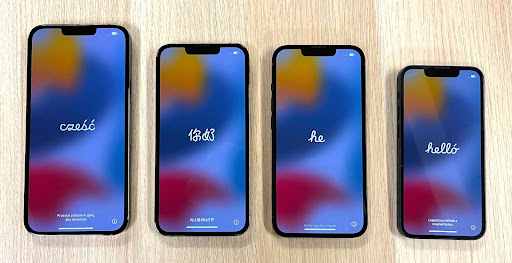
With a majority of manufacturers releasing and marketing new versions of their mobile devices each year, people are enticed to upgrade sooner which results in a significant amount of e-waste composed of otherwise functional and supported devices.
In 2016, 44.7 million metric tonnes of e-waste were generated and only 20% of which (8.9 million metric tonnes) was recycled. This presents a huge problem for waste management systems since electronic devices contain hazardous materials that are not suitable for disposal in landfills. While e-waste may only make up around 2 percent of the waste found in landfills, it is responsible for a staggering 70% of the toxic waste found there.So what can be done? Thankfully, a variety of solutions exist for limiting the amount of e-waste that is improperly disposed of. The most significant impact that can be made, however, comes from simply using devices for as long as they remain functional, as well as limiting the amount of unnecessary devices that are purchased in your household.
If this is not possible, the next option would be to seek out more sustainable methods of disposal which include reselling, donating, using product take back systems or finding a qualified recycler in your local area. The longer that devices are used or more often are given a “second life”, the less e-waste that will be produced and the more sustainable we can live while remaining digitally dependent.
As an app developer, you can make an impact by testing for compatibility and choosing to support older operating systems and/or browser versions so that your users are not forced to purchase newer devices in order to continue to engage with your platform. We are often asked to test on older devices that’s why over the years we have created a device library that can support older OSs and various browsers versions. You can check out our compatibility testing services to learn more.
Making Mobile Technology Greener
Aside from the impact a mobile device can have at the end of its life, we must also consider the carbon footprint that is left during its production phase.
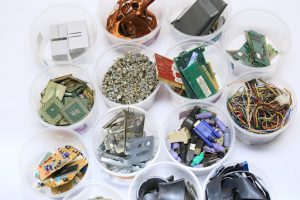 Smartphones are made up of many small components containing rare earth materials such as gold, silver, platinum, palladium, yttrium, or lithium. In order to extract and prepare each for manufacturing, machinery fueled mostly by oil will mine the materials directly from the earth and expel carbon emissions in the process. Additionally, most electronic devices are produced in China using predominantly coal based fuel sources and are shipped globally on sea vessels, trucks, trains, planes, or other carbon-emitting vehicles.
Smartphones are made up of many small components containing rare earth materials such as gold, silver, platinum, palladium, yttrium, or lithium. In order to extract and prepare each for manufacturing, machinery fueled mostly by oil will mine the materials directly from the earth and expel carbon emissions in the process. Additionally, most electronic devices are produced in China using predominantly coal based fuel sources and are shipped globally on sea vessels, trucks, trains, planes, or other carbon-emitting vehicles.
It is estimated that around 80% of the carbon footprint of a smartphone occurs during production and the average mobile phone creates 55kg of carbon emissions while being produced. This may sound like a small number in hindsight but when put into the context of 1.38 billion smartphones sold in the year 2020 alone, that is a significant amount.
Knowing this, companies like Apple have been stepping up to reduce the footprint of their operations and produce their products as sustainably as possible using renewable, energy efficient electricity resources and recycled materials, all with the ambitious goal of reaching carbon neutrality by the year 2030. While aggressively pursuing carbon reduction initiatives, Apple has managed to avoid an impressive 15 million metric tons of emissions.
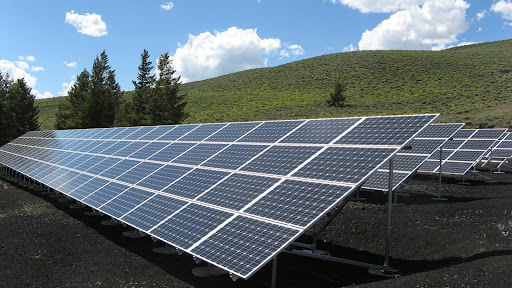
Microsoft, on the other hand, is targeting an even more ambitious goal – promising that by 2030, it will operate as carbon negative and by 2050, it will have removed from the atmosphere all of the carbon dioxide it has emitted since its founding in 1975. Considering the scale of Microsoft’s business operations and worldwide dependency on its technology & services, this will require a herculean effort but Microsoft is confident that by leveraging its learnings with data, AI, and digital technology, it can meet its targets.
How Technology is Helping Drive a Sustainable Future
Despite what it takes to produce them, smartphones and mobile technology are also incredibly powerful tools in the pursuit of a more sustainable future.
At its core, mobile technology enables not only access to wealth of information online that can help inform users about sustainable living and threat of the climate crisis but can also allow people to find and connect with organizations that are doing work to help combat it.
In addition, a number of apps exist on mobile storefronts which focus on specific ways users can monitor and reduce their carbon footprint.
Here are 5 great applications you can use to help you reduce your personal carbon footprint:
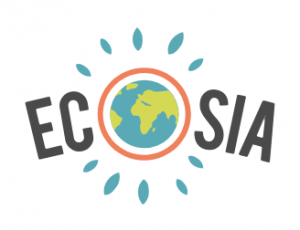
Ecosia – Every search made helps plant a new tree. Trees help remove carbon dioxide from the atmosphere and Ecosia finances this effort by investing profits earned from user searches towards planting new trees in countries worldwide. Available for free on the web, iOS, and Android devices. https://www.ecosia.org/
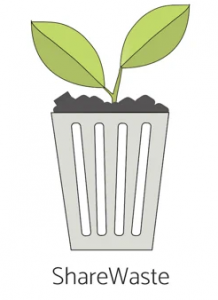
ShareWaste – Allows users to find and share their city compost bin with their neighbors so that anyone without access to composting services can turn their food waste into new soil instead of throwing it away to a landfill. Available for free on the web, iOS, and Android devices. https://sharewaste.com/

offCents – Provides an easy way to track your carbon emissions from transportation and allows users to choose how to offset their footprint by contributing to carbon reduction projects such as renewable energy generation, methane capture, and protection of forests. Free to download on iOS and Android devices. https://offcents.com/

Litterati – Users can take a photograph of any litter they find, properly dispose of it, and tag the image so that Litterati’s LitterAI can learn and create actionable LitterData to help inspire change and environmental investment in their community. Available for free on iOS and Android devices. https://litterati.org/

PlugShare – Helps drivers with electric vehicles locate a place to charge in their city. Users can also make their own car chargers at home available to other members of the community, which helps promote more widespread electric vehicle adoption. https://www.plugshare.com/
Conclusion
There is no question that the next decade will be determined by our actions today and although it may come at a cost, the ownership of mobile technology is enabling real progress by allowing people to become more easily educated about the climate crisis online and connect with each other globally.
Large providers of digital technology are beginning to understand that ethics and sustainability are as important to consumers as the quality of their products and services and are making significant efforts to reduce their carbon footprint and invest capital into projects that are protecting the environment and communities most affected by climate change.
If you plan to launch an application or website to help your users learn more about sustainable living, consider partnering with PLUS QA. Click the button below to connect with us.
